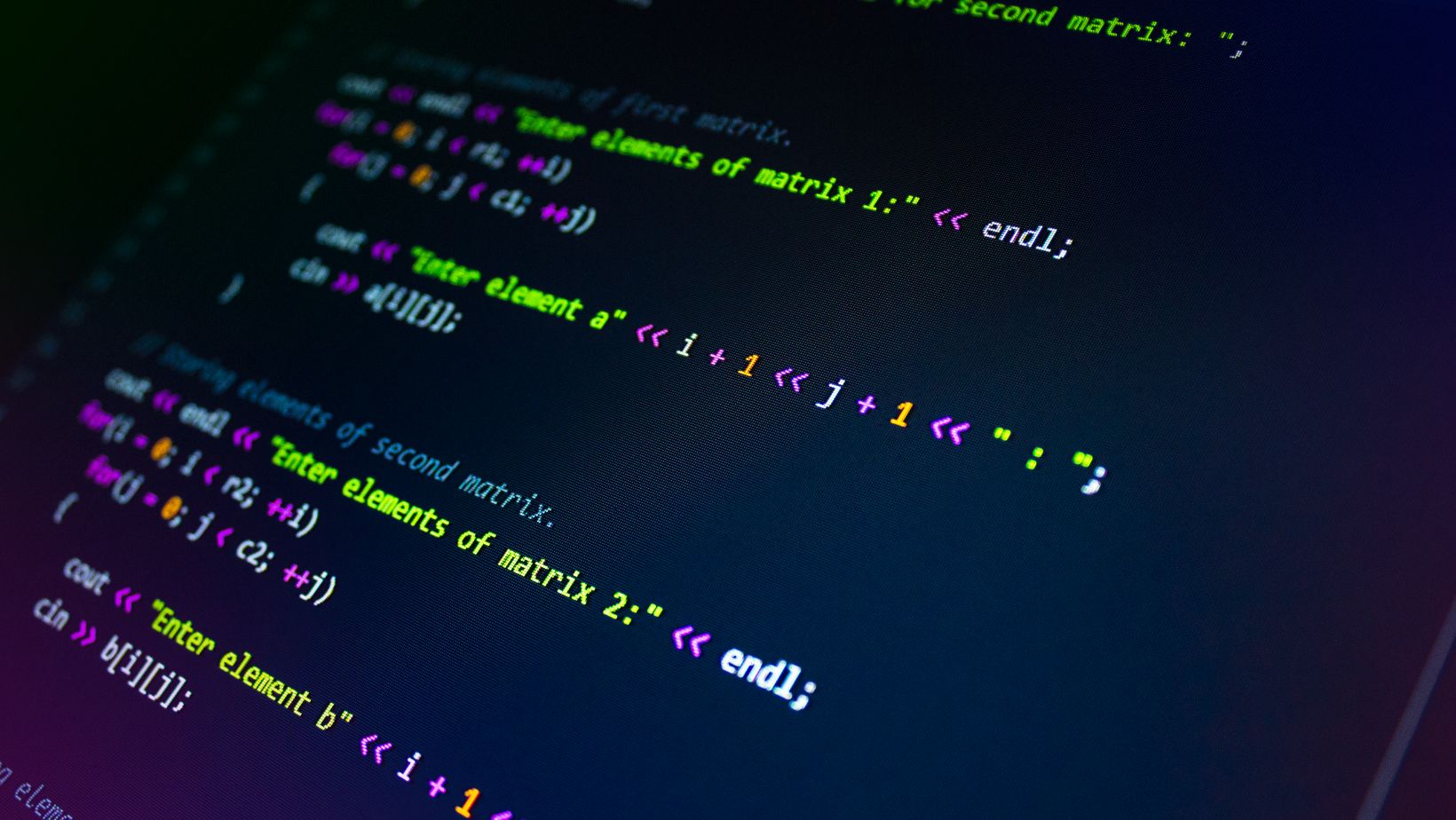
Solidity is often condemned in the Web3 world. The language is blamed whenever a smart contract is found to have a vulnerability. And to be fair, some of the early incidents were due to quirks in how Solidity deals with reentrancy or overflow. But, really, no programming language can be misused without disastrous consequences. The problem is not with Solidity; the problem is with writing, reviewing, and testing it.
As the dominant programming language for developing smart contracts on Ethereum and other EVM-compatible chains, Solidity has had an explosive growth trajectory. Because of its syntax, rooted in JavaScript and C++, it has become accessible to many developers. But accessibility comes with danger: not everyone writing smart contracts has a security mindset.
Complexity Meets Permanence
In stark contrast to web development, where bugs are patched after deployment, smart contracts are usually immutable after going live. This not only raises the stakes but also signifies that a single error—mismanaging user permissions or forgetting to validate the input—can incur irreversible devastation. With real money on the table, you cannot afford such a blunder.
This isn’t to say that Solidity itself is to be blamed. Rather, the whole ecosystem of Solidity development is unyielding. Think of it like bridge construction: solid materials may be used, but if the architect reduces costs or skips inspections, the chance of collapse becomes greatly amplified.
Developer Discipline Matters
Most smart contract vulnerabilities are due to developer errors. This may include copying outdated snippets, missing best practices, or deploying contracts without adequate testing. Solidity, like any other power in the hands of a talented person, requires discipline and experience.
Another point to be made is that the language has evolved as well. The Solidity team actively releases improvements that enhance safety, clarify ambiguity, and promote a developer-friendly approach. When used properly, Solidity can efficiently deliver secure and complex decentralized applications.
Audits Are Non-Negotiable
A second smart call in Web3 is to ensure a solidity security audit before the project goes live. These audits take a purposefully deep look at your code, catch vulnerabilities you may have missed, and suggest ways to strengthen overall contract security. They are not for show—purely reassuring.
Audits also do much to foster a culture of accountability: they assure your users, investors, and partners that you care about security. In a field where reputation matters, that trust can take you a long way.
A Better Path Forward
If there are people to blame, they should be the educators, the tool builders, and those who foster security as a collective responsibility. The more we normalize practices like peer reviews, test coverage, and external audits, the more resilient our ecosystem will be.
Code with Confidence, Audit with Purpose
Solidity isn’t the evil one; it is a good tool for changing the way we build digital systems. The real question becomes how we make use of that. If working on a project or about to deploy smart contracts, that is the time to take the code seriously. Audit it, maintain best practices, and involve the experts. That is the best-protected way for your own project—and the people who put their trust in it.




